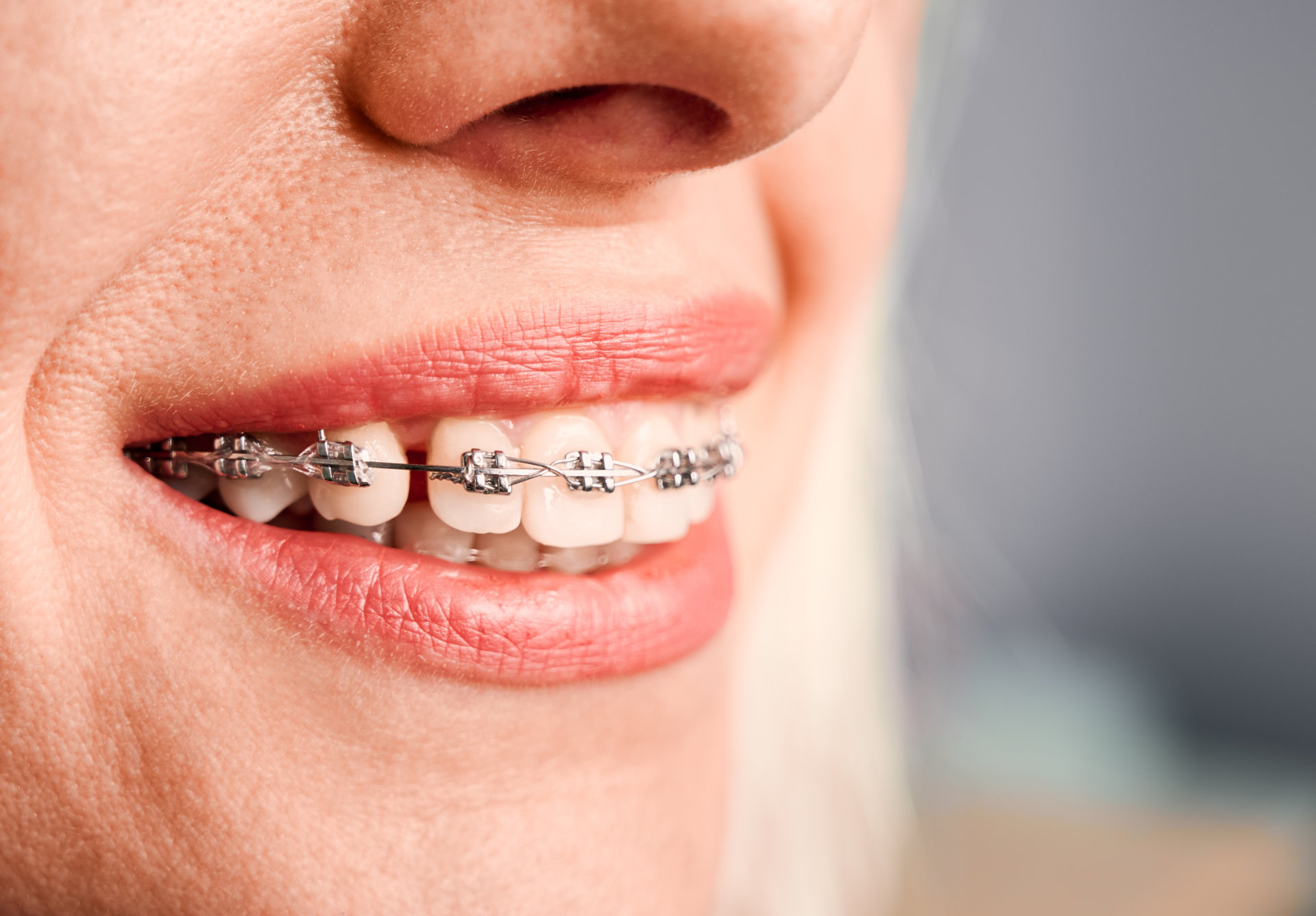Our services
Teeth Straitening & Braces
For most people, a beautiful smile is the most obvious benefit of orthodontics. After your braces come off, you’ll feel more self-confident.
Traditional Braces
Traditional metal braces are the most common type of braces and are more comfortable today than ever before. Made of high-grade stainless steel, metal braces straighten your teeth using metal brackets and arch wires. With metal braces, you have the option of adding colored elastics (rubber bands) for a more unique and colorful smile.
Treatment time typically ranges from one to three years, depending on the growth of the patient’s mouth and face, and the severity of the problem. Patients grow at different rates and will respond variously to braces, so the time until case completion may differ from the original estimate. Interceptive, or early treatment procedures, may take as few as six months.
Invisible Braces
Invisalign® uses a series of invisible, removable, and comfortable aligners to straighten your teeth. And, no one can tell you are wearing Invisalign because it’s invisible! Not only are the aligners invisible, they are removable, so you can eat and drink what you want while in treatment, plus brushing and flossing are less of a hassle. The aligners are comfortable and have no metal to cause mouth abrasions during treatment. Please visit our Invisalign page to learn more.
Early orthodontic treatment
It is in harmony with modern medical thought: It is better to prevent than to cure. The ideal age for initial orthodontic visit is when a patient is about 6 or 7 years old. The goal of the first examination is to discover any discrepancies that would worsen in time. This treatment will be followed eventually retention and reevaluation after eruption of the permanent dentition is completed. The objective of early treatment is to avoid or to simplify treatment of the permanent dentition. Problems to watch in 6-7 year olds are:
- Anterior cross bite
- Anterior open bite
- Crowding
- Protrusion
